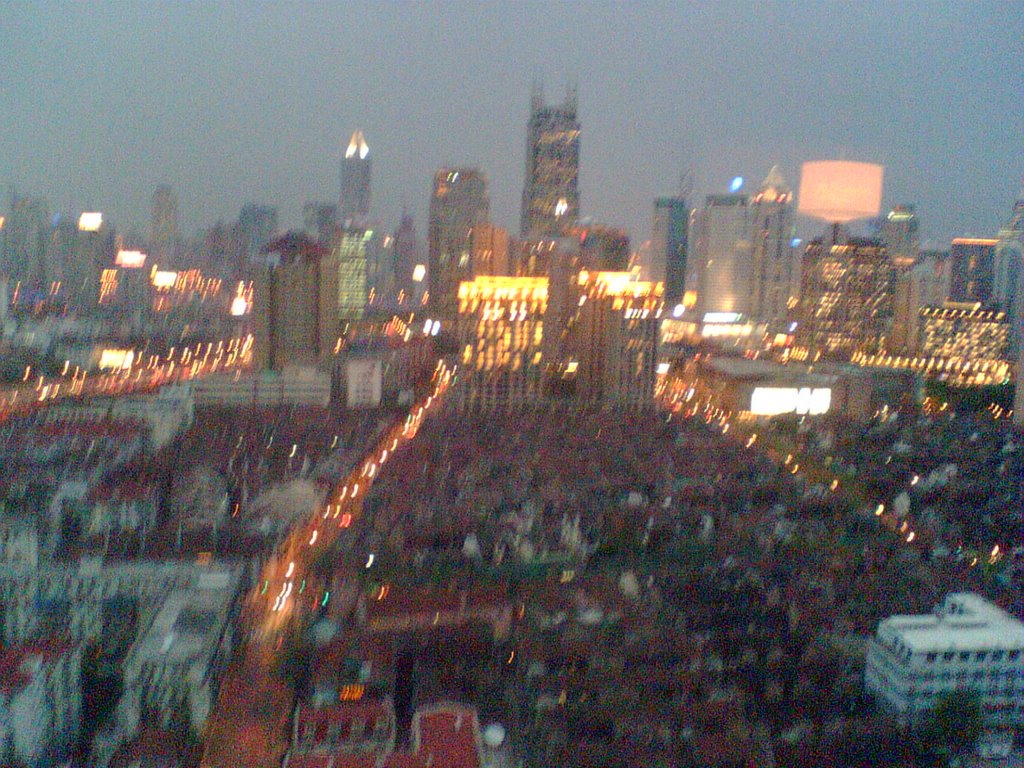April, 2008
What does it mean to be ‘creative’ anymore? Certainly this catchiest of catch-words means different things to different people; in
But what about being creative in
A transplanted Frenchman, Belin moved to
One of the major stumbling blocks Belin first encountered when working with his young staff was trying to get them to think ‘outside the box’ when designing event flyers. The natural instinct is to copy something that’s already successful, only changing the colors or icons, but leaving the basic style unchanged. This is why you often see the exact same style on everything from club ads to product advertisements, but nobody seems interested enough to change it.
Enter the Motivator. Belin has decided to excite the creative juices of his staff through a series of weekly in-house tasks, and even a contest. Every Friday he and his team have a creative ‘bull session’, where they discuss the projects they are doing, and try to come up with new ways to approach them. Then each employee is given a weekly DVD to take home and watch over the weekend, such as Pink Floyd’s The Wall, or Spike Jonze’s Being John Malkovich. On Monday they get together and discuss what they saw, ideas, techniques, and art direction – anything to get the creative juices flowing. To this end, SAS created an interactive website called www.imaginumvitae.com, where people (anyone is free to join) are encouraged to submit a creative work that corresponds to a changing weekly theme. SAS staff is required to submit, and discuss their work.
Certainly part of what Belin is doing is team building, but in a larger sense he is trying to instill a sense of pride in creativity that he finds lacking in his local staff. In his own words, ‘Design is not an honorable job here. It’s just a job for money, like any other. There is no glamour attached to being a creative person or starving artist the way there is in the West. So if this is the case, then why pay attention to details or think outside the box?’
When he interviews potential designers he always asks them a few key questions: What designs do you do in your free time? How do you spend your free time? More often than not he gets the same answers – they spend free time with their friends, shopping, surfing the web, or watching DVDs, and inevitably they don’t do any design work. After all, who wants to do their job on the weekends? When young Chinese designers show him their portfolios he asks them, ‘What were you trying to express with this?’ Almost without fail the answer is that they weren’t trying to express anything at all, but that they thought it was fun, beautiful, or that the colors matched.
‘My challenge’ says Belin, ‘is that SAS is an international company with international clients, but I have local Chinese designers. I am not a teacher, but I have to try to get my staff to see the value of innovation, and how it can be rewarded. If they have come from a Chinese firm they have been taught to simply satisfy the clients’ requirements, but never to go beyond that. I want to show them that if we come up with something new we can win a big job, and they will be rewarded for that.’
So for now Belin is focusing on his small, but eclectic core of international clients, such as event art for top UK record label Hed Kandi, a website for A00, the Canadian interior design firm behind some of Shanghai’s most cutting edge eateries, and ongoing design and event work with a host of Japanese clients. He is firmly committed to the future of design in
SAS Design Studio – 220 Taikang Lu, 2nd Floor
Tel. 5465 9373
www.imaginumvitae.com
